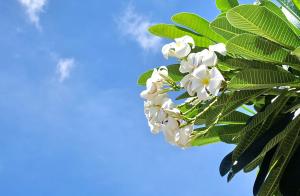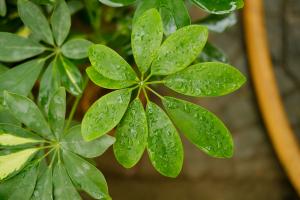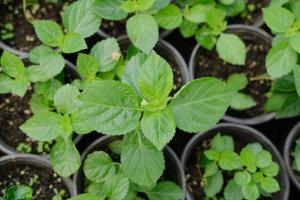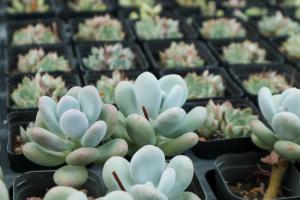When to Plant Collards in Alabama
Introduction
Collard greens are a popular staple in Alabama's cuisine, with many recipes featuring this leafy green. However, planting collards at the wrong time can result in a failed crop. Understanding when to plant collards in Alabama can help ensure a successful harvest.
Timing
In Alabama, collards grow best when planted in the fall. This allows for cooler weather and less heat stress on the plants. The optimal time to plant collards in Alabama is from September to November. Planting too early or too late can cause the plants to bolt and result in poor quality or low yield.
Soil Preparation
Before planting collards, it is essential to prepare the soil properly. The soil should be well-draining, with a pH level of 6.0 to 6.7. Adding organic matter, such as compost, can improve soil fertility and structure. In addition, a soil test can determine any deficiencies so that they can be corrected.
Planting
When planting collards, the first step is to prepare the rows. The rows should be spaced 18 to 24 inches apart, with the plants spaced 12 to 18 inches apart within the rows. Collard seeds should be planted 1/4 to 1/2 inch deep, with about three to four seeds per hole. Once the seeds have germinated, thin them to one plant per hole.
Care
Collards require consistent watering, especially during dry spells. However, overwatering can lead to disease and poor growth. Fertilization is also essential for healthy collards. Applying a balanced fertilizer, such as a 10-10-10 blend, every four to six weeks can provide the necessary nutrients. It is also important to control pests and diseases, such as cabbage loopers and fungal diseases, with organic or chemical methods.
Harvesting
Collards can typically be harvested about 75 days after planting. The leaves should be harvested from the bottom up, leaving the growing tip intact for more growth. The leaves can be blanched and frozen for later use or cooked immediately.
Conclusion
Knowing when to plant collards in Alabama is crucial for a successful crop. Fall planting, proper soil preparation, and care can help ensure healthy and abundant collard greens. With these tips, you can enjoy this Southern favorite in your own garden.

 how many times do yo...
how many times do yo... how many planted tre...
how many planted tre... how many pine trees ...
how many pine trees ... how many pecan trees...
how many pecan trees... how many plants comp...
how many plants comp... how many plants can ...
how many plants can ... how many plants and ...
how many plants and ... how many pepper plan...
how many pepper plan...































